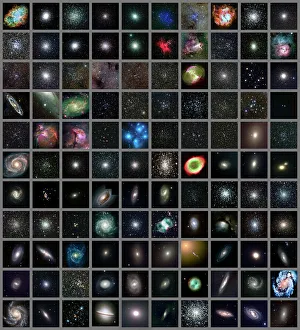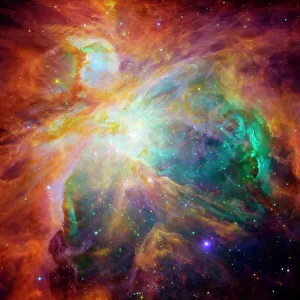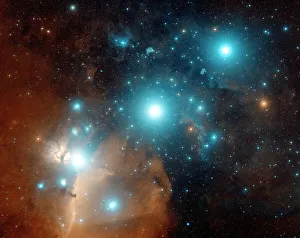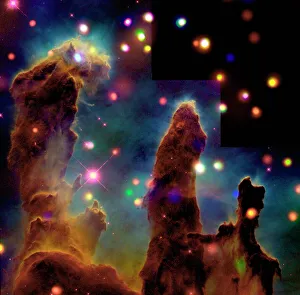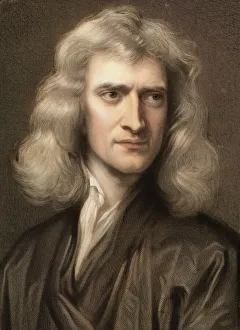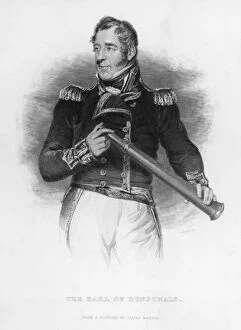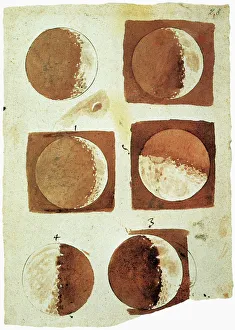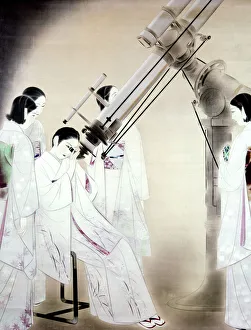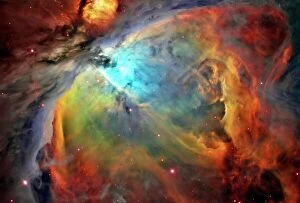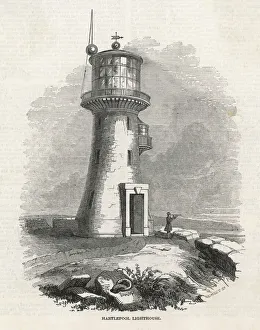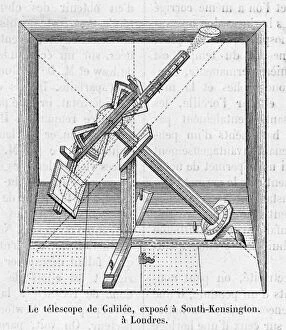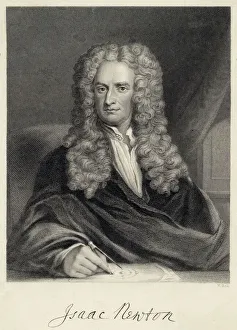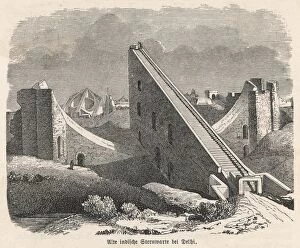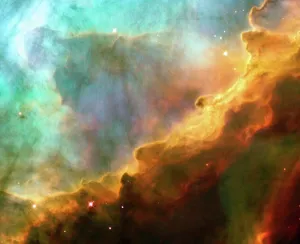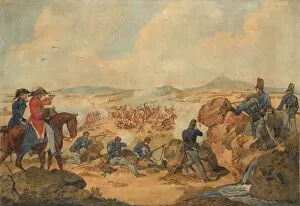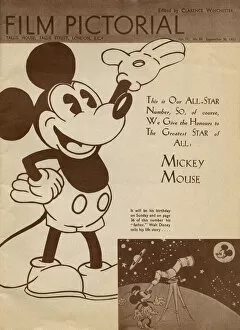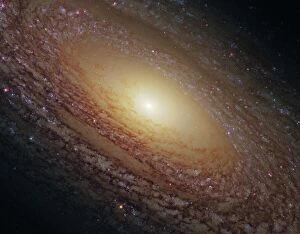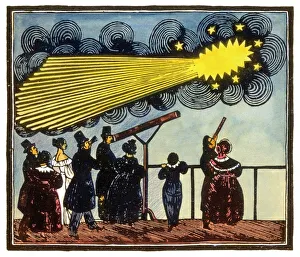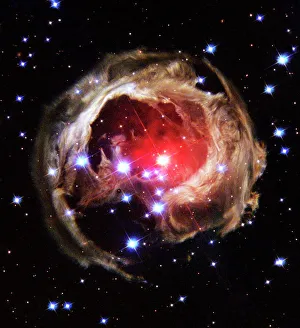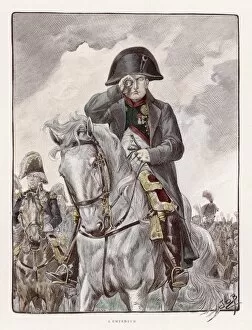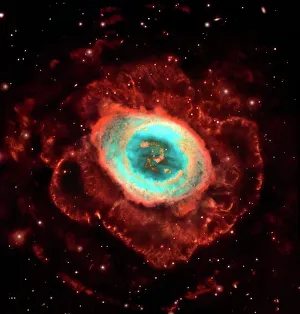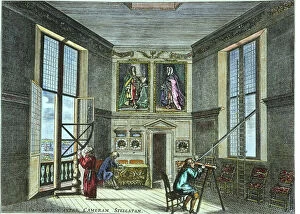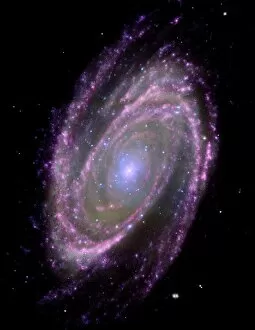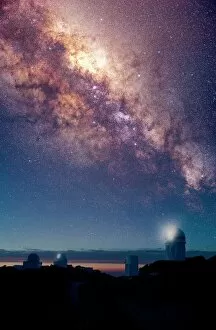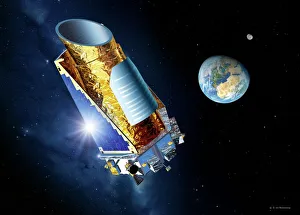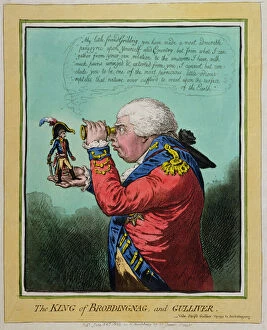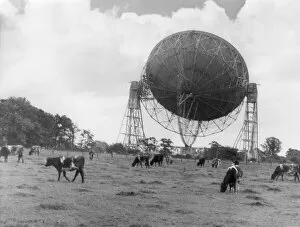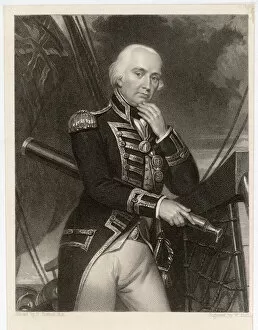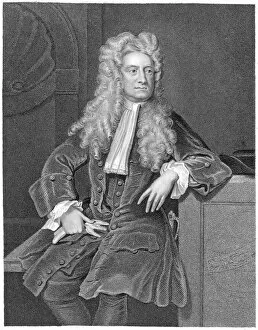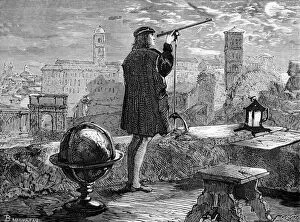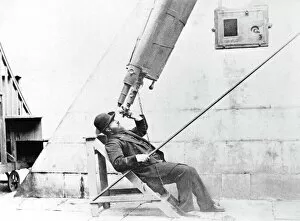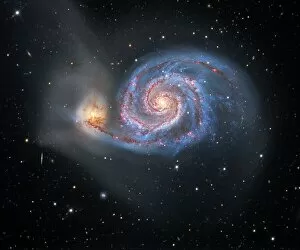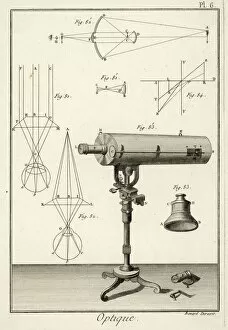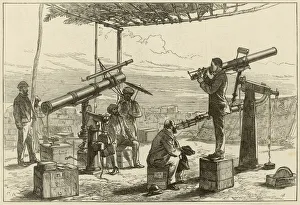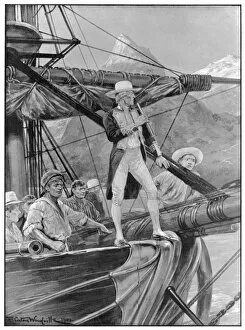Telescope Collection
"Exploring the Cosmos: A Journey through the Telescope" In a vast expanse of darkness, our eyes turn towards the heavens
All Professionally Made to Order for Quick Shipping
"Exploring the Cosmos: A Journey through the Telescope" In a vast expanse of darkness, our eyes turn towards the heavens. The telescope, an instrument of wonder and discovery, unveils secrets hidden within the celestial tapestry. As we gaze upon Orions belt, we are reminded of the ancient navigators who used these stars to guide their way. With each lens focused on Messier objects, we witness a full set of cosmic wonders unfold before us. Like Sir Isaac Newton in his youthful portrait from 1689, we embark on a journey that transcends time itself. The Orion Nebula emerges like a vibrant painting in space, its ethereal beauty captivating our senses. We marvel at the Pillars of Creation - colossal structures where new stars are born amidst interstellar dust and gas. From Thomas Cochrane's observatory in Dundonald to Japan's astronomy enthusiasts in 1936 depicted by Ota Chou's color drawing; humanity has always sought solace under starlit skies. Galileo's sketches from "The Starry Messenger" transport us back to 1610 when he first beheld the moon through his revolutionary telescope. Even Napoleon I himself was captivated by this celestial tool as depicted by Gillray's satirical illustration. And let us not forget about Old Hartlepool Lighthouse standing tall along England's northeastern coast - a beacon guiding sailors while reminding them of distant galaxies yet to be explored. Amongst these wonders lies NGC 2841 - a spiral galaxy captured beautifully by Hubble Space Telescope imagery. Its mesmerizing form reminds us that there is still so much left unseen beyond our own world. Through telescopic lenses, humanity reaches for knowledge among twinkling stars and distant galaxies alike, and is an eternal quest for understanding that unites us all under one universal sky.

